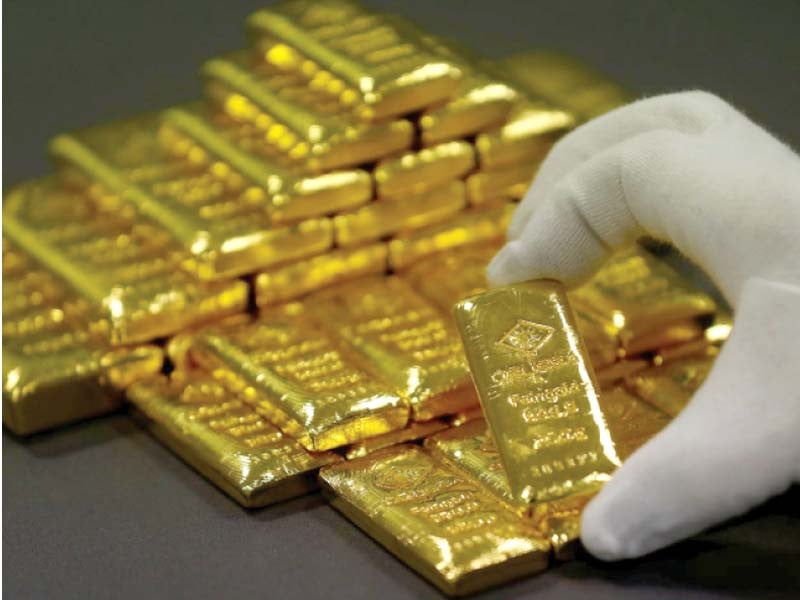
As Pakistan grapples with high inflation and the looming possibility of rupee devaluation, gold and US dollars are emerging as the top safe-haven assets for investors looking to protect their savings. With the International Monetary Fund (IMF) loan program currently on hold and no immediate resolution in sight, these assets are gaining popularity amidst the deepening economic crisis.
AA Gold Commodities, Director, Adnan Agar stated in an interview with The Express Tribune that, “Gold and US dollars would be the most preferred assets in the eyes of investors without the IMF, or the stock market with the IMF.”
Efforts to reinstate the stalled IMF loan program worth $6.5 billion have been underway since November 2022. However, indications suggest that the program will expire without resumption on June 30. The government plans to initiate negotiations for a new program with the IMF staff after presenting the annual budget in the National Assembly on June 9.
The absence of an IMF program has taken a toll on the economy, leading to the closure of industries and a rise in unemployment. The longer the delay in engaging the IMF, the deeper the economic crisis is likely to become.
In such a scenario, individuals with savings are carefully evaluating which asset will offer the highest return on investment. Agar believes that the US dollar has historically been the preferred asset, but its scarcity in the market due to critically low foreign exchange reserves, currently at $4.09 billion, makes it unavailable for investment purposes.
He hoped the country would not default before September 2023 without the IMF, but the economy may witness another squeeze considering choked imports, which are a must in order to resume work at factories.
Consequently, gold has emerged as an attractive investment option in Pakistan. In 2022, gold provided the highest return on investment, with a remarkable 41% increase. Gold’s appeal stems from its ability to protect against currency devaluation and its potential for price appreciation in international markets, especially amid a possible recession in the US and a shift towards de-dollarisation of international trade.
Agar predicts that if the IMF programme expires without revival in June, the rupee may devalue to around Rs300/$, compared to the current exchange rate of Rs285/$. If Pakistan defaults, the currency could plummet to Rs340-350/$, as the new IMF program under consideration would likely be more stringent than the one expiring in June.
Taurus Securities estimates that the rupee could reach Rs295/$ by the end of June 2023 due to a shortage of dollars and high foreign debt repayments, which would further weigh on the exchange rate.
Agar explains that a potential rupee devaluation would automatically drive up the price of gold. Moreover, if global gold prices also rise simultaneously, the bullion market in Pakistan would experience significant growth.
In recent days, the price of gold in Pakistan dropped to Rs231,400 per tola (11.66 grams) from its all-time high of Rs240,000. Despite the shortage of US dollars, there is ample supply of gold in the local market. The Pakistan Mercantile Exchange (PMEX) alone holds an inventory of over 500 tola gold available for physical delivery to investors.
Agar notes that businessmen who had stockpiled gold are now releasing their supplies, likely aiming to book profits and potentially waiting for a correction in gold prices before re-purchasing the commodity.
Furthermore, Agar argues that once the IMF program is achieved, the Pakistan Stock Market is poised to soar by 7,000-8,000 points. Over the past four to five years, mounting selling pressure has led to a significant decline in stock prices, making the market highly inexpensive. Market analysts suggest that the price-to-earnings ratio at the Pakistan Stock Exchange (PSX) has dropped to three, compared to the previous range of 7 to 8 multiples. A normal market should operate at a price-to-earnings ratio of around 10.
On Friday, the PSX benchmark KSE 100-Index rose by 0.21%, or 86 points, to reach 41,353 points. It is worth noting that the index reached an all-time high of around 57,000 points in May 2017.
Published in The Express Tribune, June 4th, 2023.
Like Business on Facebook, follow @TribuneBiz on Twitter to stay informed and join in the conversation.



1737550160-0/BeFunky-collage-(21)1737550160-0-165x106.webp)

1719319701-0/BeFunky-collage-(10)1719319701-0-165x106.webp)
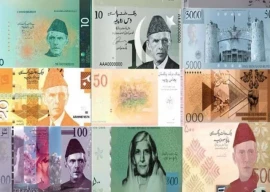
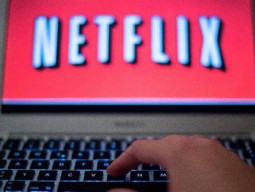


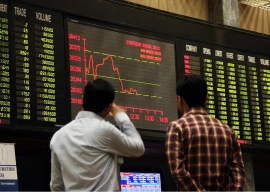
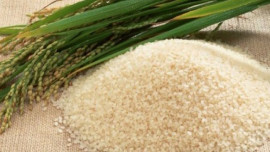

1737452260-0/Gaddafi-stadium-(2)1737452260-0-270x192.webp)


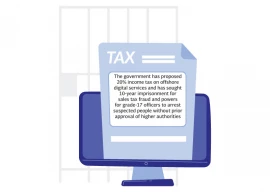







COMMENTS
Comments are moderated and generally will be posted if they are on-topic and not abusive.
For more information, please see our Comments FAQ